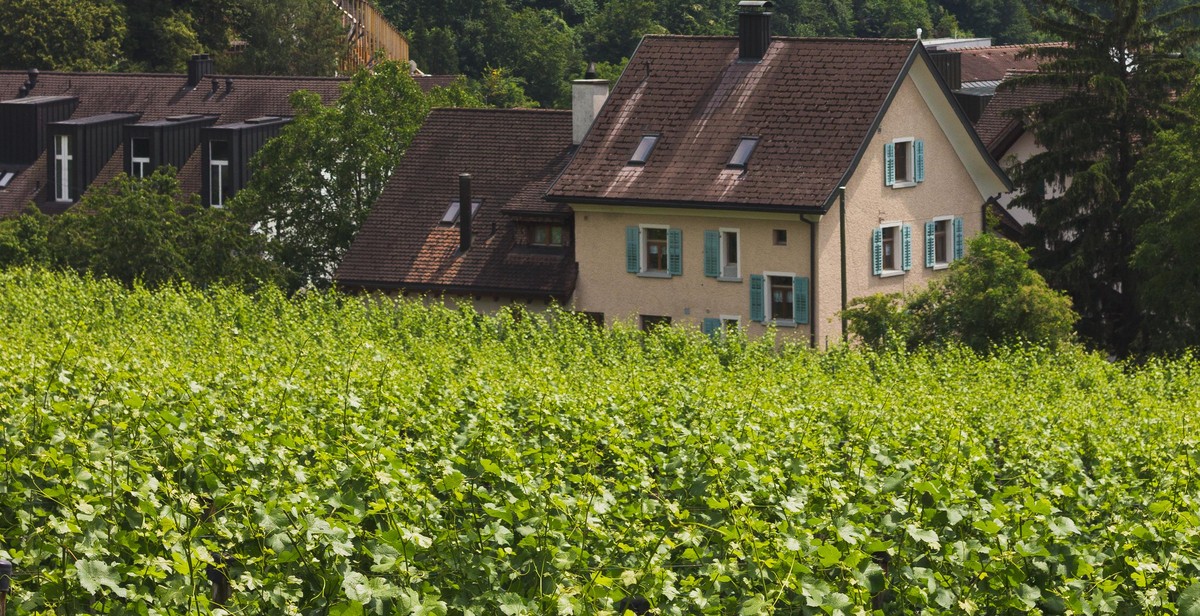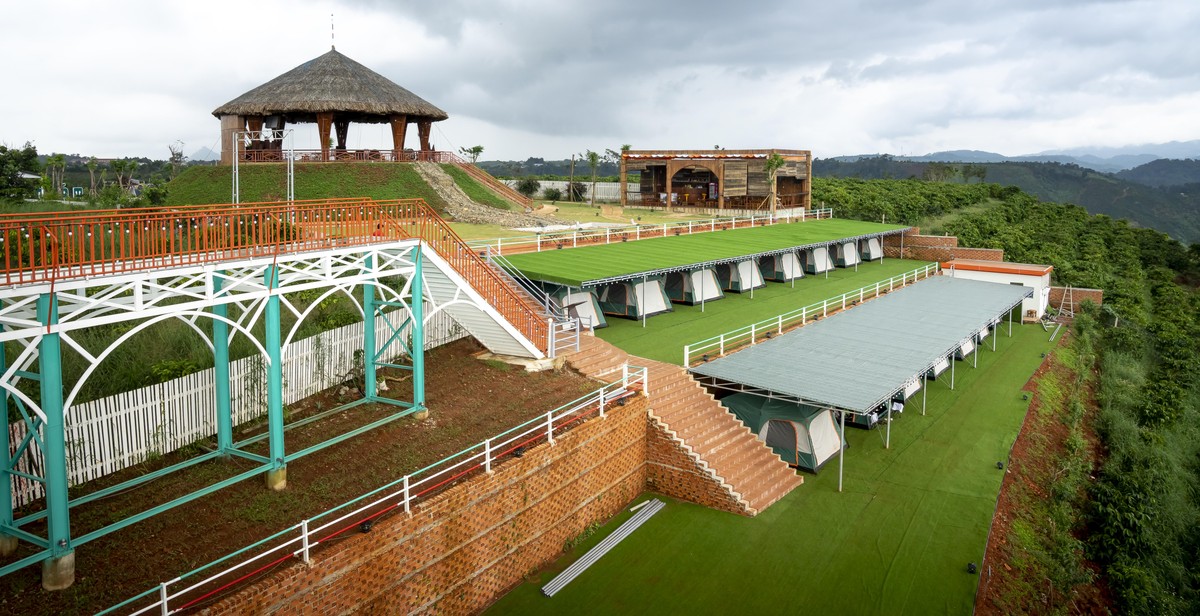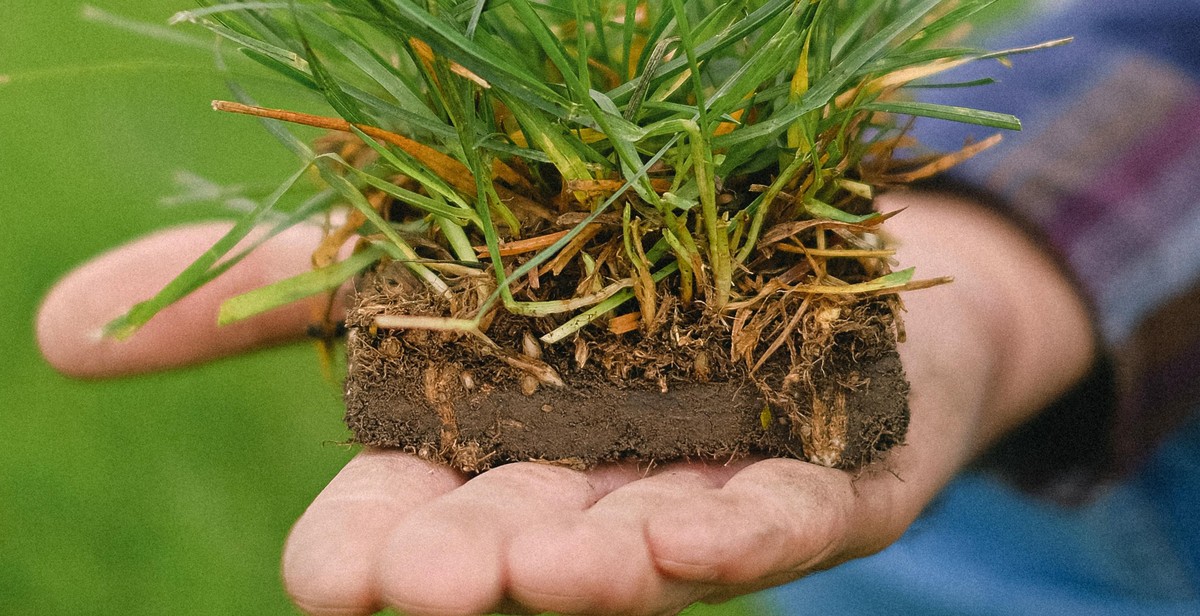How to Install a Green Roof for Energy Efficiency and Environmental Benefits
Green roofs, also known as living roofs or eco-roofs, are becoming increasingly popular in urban areas due to their numerous environmental benefits. A green roof is a roof that is covered with vegetation, which can range from small plants to trees. These roofs provide a natural habitat for wildlife, reduce the urban heat island effect, and improve air quality by absorbing pollutants and carbon dioxide.
Moreover, green roofs can significantly reduce energy consumption by insulating buildings in both summer and winter. The plants and soil on the roof absorb and retain heat, keeping the building cool in the summer and warm in the winter. This reduces the need for air conditioning and heating, which in turn lowers energy bills and reduces the carbon footprint of the building.
Types of Green Roofs
There are two main types of green roofs: intensive and extensive. Intensive green roofs are thicker and heavier, with deeper soil and larger plants, and require more maintenance. Extensive green roofs, on the other hand, are lighter and require less maintenance, with shallower soil and smaller plants.
Installation Process
The installation process for a green roof involves several steps, including roof assessment, waterproofing, drainage, soil and plant selection, and ongoing maintenance. It is important to hire a professional green roof installer who has experience in designing and installing green roofs.
Overall, a green roof is an excellent way to improve energy efficiency, reduce carbon emissions, and promote environmental sustainability in urban areas. With proper installation and maintenance, a green roof can provide numerous benefits for both the building and the surrounding environment.

What is a Green Roof?
A green roof, also known as a living roof, is a type of roof that is covered with vegetation and a growing medium (such as soil) instead of traditional roofing materials like shingles or tiles. It is a sustainable and eco-friendly roofing option that is gaining popularity due to its numerous benefits.
Types of Green Roofs
There are two main types of green roofs: intensive and extensive.
- Intensive green roofs: These are thicker and heavier green roofs that require a deep growing medium and regular maintenance. They can support a wide variety of plants including trees, shrubs, and perennials. They are typically found on commercial buildings and require a lot of maintenance.
- Extensive green roofs: These are lighter and thinner green roofs that require a shallow growing medium and less maintenance. They are typically planted with sedum, grasses, and herbs. They are more commonly found on residential buildings and are easier to install and maintain.
Benefits of Green Roofs
Green roofs offer numerous benefits, including:
| Environmental Benefits | Energy Efficiency Benefits |
|---|---|
|
|
Overall, a green roof is an excellent way to improve the environment and reduce energy costs. If you are considering installing a green roof, it is important to consult with a professional to determine the best type of green roof for your building and location.

Factors to Consider Before Installing a Green Roof
Green roofs are becoming increasingly popular due to their energy efficiency and environmental benefits. However, before installing a green roof, there are several factors that you need to consider to ensure that it is successful.
Structural Support
The first and most important factor to consider is the structural support of your building. Green roofs are heavy, and you need to ensure that your building can support the weight of the soil, plants, and water. If your building is not strong enough, you may need to reinforce it before installing a green roof.
Climate
The climate of your area is another important factor to consider. Green roofs are ideal for areas with moderate to high rainfall, as they can absorb and retain water, reducing runoff. However, if you live in an area with low rainfall, a green roof may not be the best option as the plants may not survive without regular irrigation.
Accessibility
Accessibility is also an important factor to consider. Green roofs require regular maintenance, such as watering, weeding, and pruning. If your roof is not easily accessible, you may need to invest in equipment such as a ladder or scaffolding to reach it.
Maintenance
Maintenance is crucial for the success of your green roof. You need to ensure that you have the time and resources to maintain it regularly. This includes watering, fertilizing, pruning, and replacing plants when necessary. If you don’t have the time or resources to maintain your green roof, it may not be the best option for you.
| Factor | Considerations |
|---|---|
| Structural Support | Ensure that your building can support the weight of the soil, plants, and water. |
| Climate | Green roofs are ideal for areas with moderate to high rainfall. |
| Accessibility | Ensure that your roof is easily accessible for regular maintenance. |
| Maintenance | You need to have the time and resources to maintain your green roof regularly. |

Steps to Install a Green Roof
Green roofs are a great way to improve energy efficiency and reduce environmental impact. Here are the steps to install a green roof:
Step 1: Evaluate the Roof
The first step in installing a green roof is to evaluate the roof to determine its suitability for a green roof. Factors to consider include the roof pitch, load capacity, and drainage.
Step 2: Choose the Right Materials
Choosing the right materials is important for the success of a green roof. The materials needed include a waterproof membrane, drainage layer, filter fabric, growing medium, and plants. It’s important to choose materials that are suitable for the roof pitch and load capacity.
Step 3: Prepare the Roof Surface
Before installing the green roof, the roof surface must be prepared. This involves cleaning the roof surface, repairing any damage, and installing the waterproof membrane. The waterproof membrane is essential for preventing water from penetrating the roof and causing damage.
Step 4: Install the Layers
Once the roof surface is prepared, the layers of the green roof can be installed. The first layer is the drainage layer, which allows excess water to drain away from the roof. The next layer is the filter fabric, which prevents the growing medium from clogging the drainage layer. The growing medium is then installed, followed by the plants.
Step 5: Plant the Vegetation
The final step in installing a green roof is to plant the vegetation. The plants used for green roofs are typically low-maintenance, drought-tolerant, and able to thrive in the growing medium. Once the plants are installed, the green roof will need to be watered regularly until the plants are established.
With these steps, you can successfully install a green roof that will provide energy efficiency and environmental benefits for years to come.

Maintaining Your Green Roof
Once you have installed a green roof, it is important to maintain it properly to ensure it lasts for a long time. Here are some tips for maintaining your green roof:
Watering and Fertilizing
Watering and fertilizing your green roof is essential for its growth and health. During the first year after installation, it is important to water your green roof regularly to help establish the plants. After the first year, you can reduce the frequency of watering to once or twice a week, depending on the weather conditions.
When it comes to fertilizing, it is recommended to use organic fertilizers to avoid harming the environment. You can use compost, worm castings, or other organic fertilizers that release nutrients slowly over time. Avoid using chemical fertilizers that can harm the plants and the environment.
Weeding and Pruning
Weeding and pruning are important tasks to keep your green roof looking neat and healthy. Weeds can quickly take over and compete with your plants for nutrients and water, so it is important to remove them as soon as you spot them. Pruning is also important to remove dead or damaged plant material and to encourage new growth.
Inspection and Repair
Regular inspections of your green roof can help you spot any issues early on and prevent them from becoming bigger problems. Check for any signs of damage, such as cracks in the waterproof membrane or loose or damaged plants. Repair any damage as soon as possible to prevent leaks and other issues.
| Maintenance Task | Frequency |
|---|---|
| Watering | 1-2 times a week |
| Fertilizing | Once a month |
| Weeding | As needed |
| Pruning | As needed |
| Inspection | Twice a year |
By following these maintenance tips, you can ensure that your green roof stays healthy and beautiful for years to come.

Conclusion
Green roofs are a great way to improve energy efficiency and reduce environmental impact. Installing a green roof can provide numerous benefits, including:
- Reduced energy costs
- Improved air quality
- Reduced stormwater runoff
- Increased biodiversity
- Extended roof lifespan
While installing a green roof may seem like a daunting task, with the right preparation and guidance, it can be an achievable and worthwhile project. Make sure to choose the right plants, soil, and drainage system for your specific climate and building structure. Consult with a professional if necessary.
Remember, a green roof is an investment in the environment, your building, and your community. By installing one, you are contributing to a healthier and more sustainable future.
| Key Takeaways |
|---|
| 1. Green roofs improve energy efficiency and reduce environmental impact. |
| 2. Choose the right plants, soil, and drainage system for your specific climate and building structure. |
| 3. Consult with a professional if necessary. |
With the information and resources provided in this article, you are now equipped to take the first steps towards installing a green roof. By doing so, you can make a positive impact on the environment and your community.
